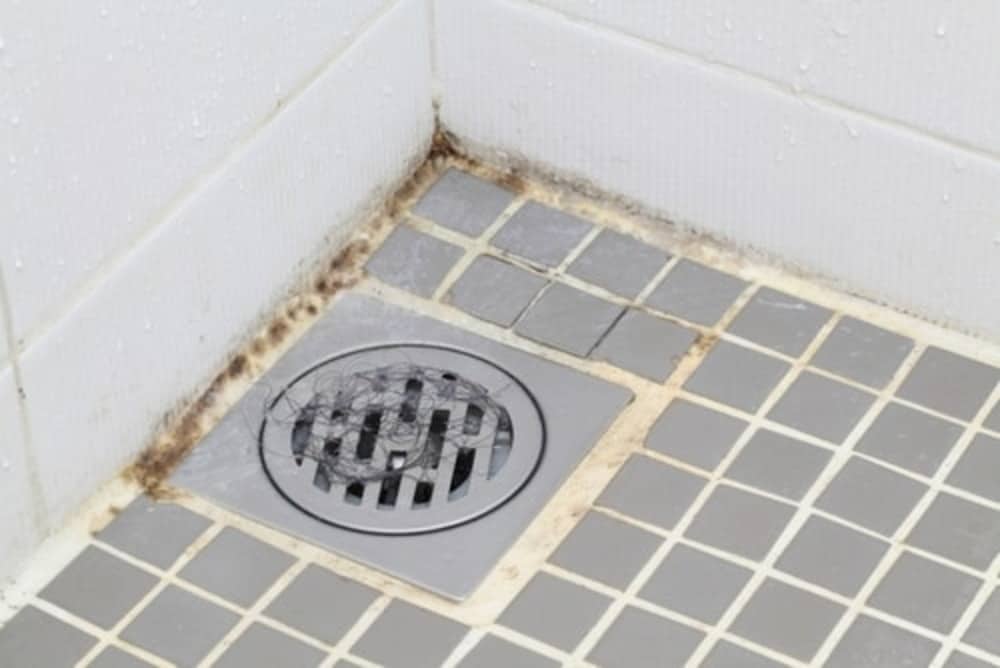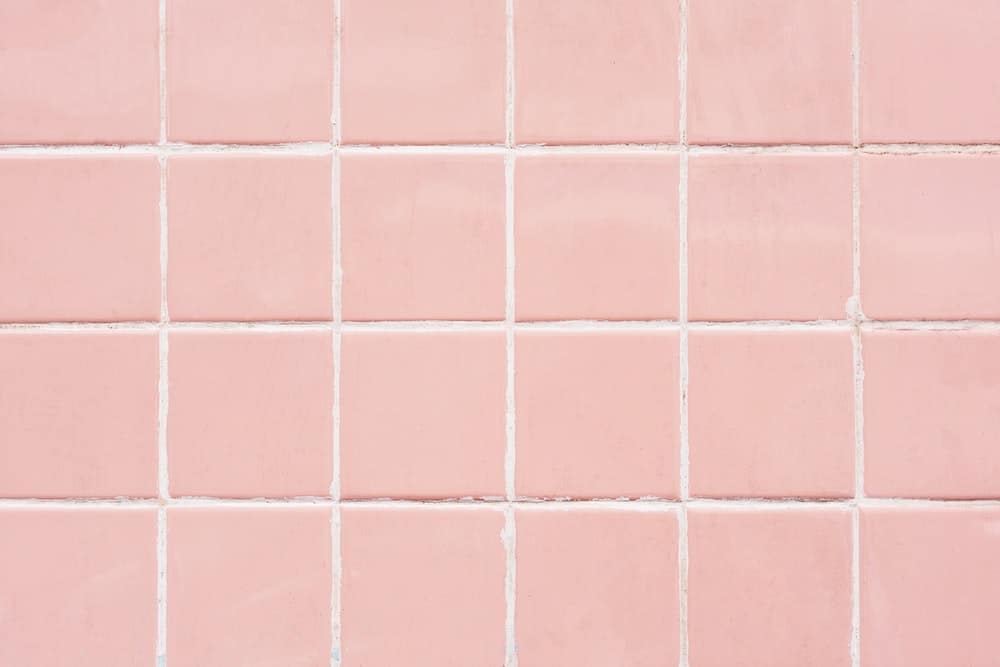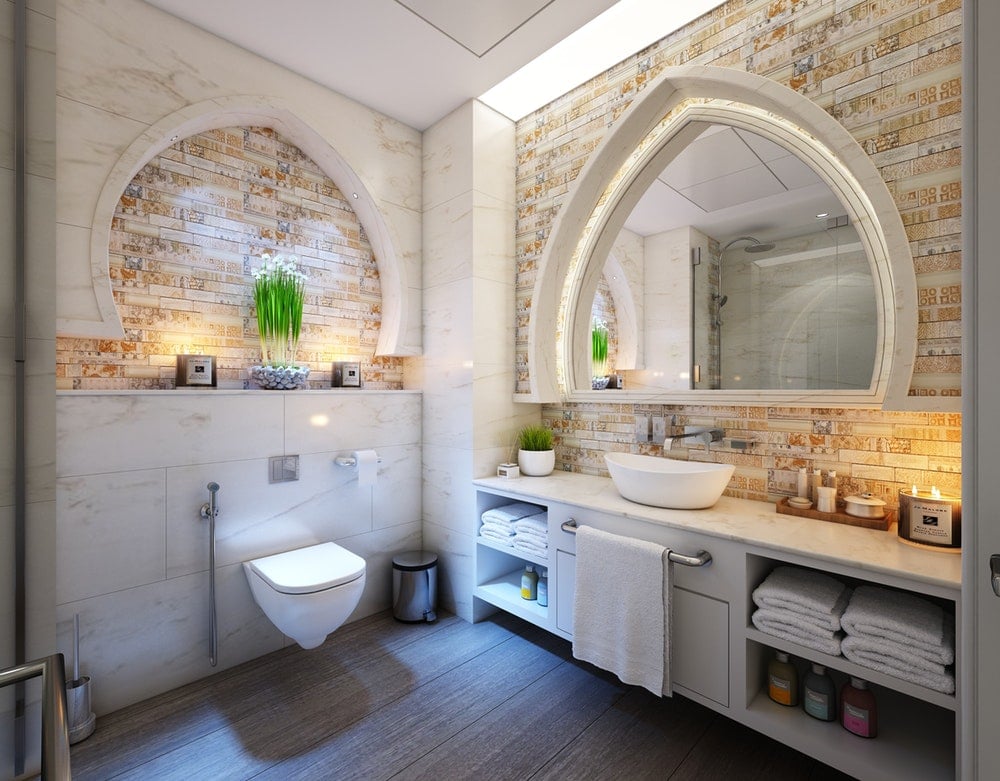There is a very common misconception about the presence of mold in bathrooms, a lot of people attribute it to the fact that the bathroom owner is dirty and is not carrying out proper hygiene processes. This is in actual fact very wrong because the presence of mold in bathrooms is a fairly common occurrence which may not even be dependent on how clean you are. This is due to the fact that the growth of mold could occur at any time and in any location if you are not very careful. However, you would need to get it out of your head that the presence of mold means that you are not neat.
The major factor that mold requires for growth is a humid or wet environment, therefore, the bathroom definitely seems like a perfect place for mold growth. Bathrooms, more often than not usually hold lots of water and humidity. Due to the fact that nearly every activity carried out in the bathroom requires a measure of water to run, this results in puddles and wet surfaces since water would be flowing from the shower, the bathroom basin and even the bathtub. If this moisture or humidity level is not controlled quickly, it might result in the rapid growth of mold. Similarly, water in the bathroom, instead of drying out simply increases humidity by evaporating into the air.
Steam from warm baths makes the bathroom a whole lot more humid which is further worsened by the fact that most bathrooms are not properly ventilated. This implies that there would be a very high level of humidity which could last very long due to a lack of ventilation and also, a lot of wet surfaces that would be taking pretty long to dry out. All these contribute to mold growth. In addition to the reasons mentioned, here is a better explanation alongside some other factors that contribute to mold growth as well:

1. Improper Ventilation
Typically, mold growth is as a result of the presence of excess water or humidity. Now, this humidity is present as a result of improper ventilation. This is where bathroom exhaust fans come in. With no definite method of getting rid of humidity and hot water being used in baths and showers, moisture that results subsequently settles on various surfaces in the bathroom such as the floor, walls, and ceiling. However, with a bathroom exhaust fan, mold growth is effectively suppressed because the fan works to ensure that the bathroom is properly ventilated and gets rid of the moisture while regulating humidity levels.
2. Slow flowing or clogged drains
Basically, mold usually grows in the direction of water flow whenever it is growing in flowing water. The rate of flow of the water also affects the growth of mold and may even determine whether or not mold grows. For instance, fast flowing water does not present any opportunities for the growth of mold since it would easily wash away any mold fragments that tries to grow. On the other hand, slow or stagnant water offers mold the opportunity to grow and take root and spread too. This especially happens in drains. If a drain empties too slowly or becomes clogged due to one reason or another, there would be the growth of mold within the pipes.
3. Damaged Faucets
With every damaged or leaky faucet, there is almost a sure guarantee of mold growth. This is because, as it has been established earlier, mold grows very fast and can be found on wet surfaces. For leaky or damaged faucets the water drips down slowly and steadily thereby presenting the mold with an opportunity to grow very easily and firmly. Since mold usually follows the direction of flow of the water from the leak, bathroom fixtures that are connected with the release of water such as showers, tubs, and sinks are all very likely options. There would also be rapid growth and spread due to the large area that the leak might be covering.
4. Wet Clothes
A bathroom is typically a wet place, therefore, we can safely assume that some of the clothes used in the bathroom would end up being wet as well. Leaving wet clothes in a surface for a while would result in the growth of mold on the cloth and probably on the surface as well. For instance, wet towels left on fixture surfaces could easily result in a growth of mold especially if the material is left on the surface for a long while. Leaving your towel in the bathroom to dry out could also increase the humidity levels within the bathroom except it is well ventilated. If not, it is advised to keep wet clothes out of the bathroom as much as possible.
The factors mentioned above are some of the reasons that facilitate the growth of mold in the bathroom. There are some other measures you could take to effectively reducing or eliminate the growth of mold within your bathroom and they include the following:

1. Regular Cleaning of the Bathroom
As basic as this might sound, it remains one of the most effective ways of preventing the growth of mold in the bathroom. Mold usually requires quite a while to begin to grow therefore wiping surfaces would get rid of their spores and prevent them from growing. A thorough wipe-down of the bathroom at least once every month using an anti-fungal solution is very effective as well. This solution helps to kill mold already present.
During the cleaning with the anti-fungal solution, it is essential that you also wipe down the ceiling since it would be relatively easier for mold to grow in locations that cannot easily be reached. For the floor, you can make use of vinegar which inhibits the growth of mold. Also, applying undiluted vinegar on the shower and bath at least once every month prevents the growth of mold and leaves your bathroom smelling very fresh.
2. Reduction of Bathroom Humidity
The optimum level of humidity that should be in the bathroom is anything from below 55%. This level prevents the effective growth of mold. In order to maintain this level, the best move is to ensure that the bathroom is well ventilated, this way, the moisture can find its way out. Similarly, the most important time for ventilation is immediately after your bath; it is advised that you either leave the windows and door partially open especially if you are having a warm or hot bath.
If you are using a bath fan, you should switch it on immediately you start to bathe and leave it running for at least five minutes after your bath. This way, it would completely get rid of the steam and remove all the moisture from the air. In addition to using a bath fan, you should also leave your bathroom door and window open since this would make getting rid of the moisture or humidity more efficient. Check here the ways on how to reduce humidity in your bathroom.
3. Keeping Surfaces Dry
Since wet surfaces are perfect for the growth of mold, therefore, keeping surfaces dry inadvertently prevents the growth of mold. However, keeping dry surfaces in a bathroom might sound very unrealistic due to the fact that there is always water in play with almost every activity done in the bathroom. This is why there should always be a towel on standby for wiping down surfaces and water faucets regularly after use.
Drying wet surfaces limits the number of sources of moisture within the bathroom and subsequently reduces the humidity level. Normally, water from those surfaces would evaporate into the air thereby increasing humidity levels, however, manual and regular wiping of bathroom surfaces prevent an increase in the amount of humidity that would be present in the air. After a bath, it is, therefore, advisable to clean moisture off of windows, walls, mirrors and other wet surfaces.
4. Limiting the Number of Objects in the Bathroom
This remains one of the most effective ways of reducing the amount of humidity in your bathroom. Most of the water that ends up being evaporated into the air are usually found on surfaces. This is why wiping down surfaces is very important. However, if these surfaces are covered with various objects, it would be very difficult to get to the surface and wipe it down. Similarly, these objects would also retain some moisture on them thereby compounding the problem.
The solution is to limit the objects present in the bathroom to only the necessary ones. This makes wiping down the fixture surfaces easier since they would not be cluttered. The objects can also be wiped individually provided that they are not very many. Apart from the purpose of reducing humidity levels, a well-arranged bathroom is a pretty sight to behold and you would find all your properties very easily.

In conclusion, the best method is to avoid mold growth totally by taking certain preventive measures. However, if you already have mold growing in your bathroom, you would need to begin the process of eradicating it. After getting rid of the mold, you would also have to continue maintaining your bathroom to prevent a new outbreak or a spread.
See also Difference Between Bathroom, Washroom, Restroom, Water Closet, Toilet.
